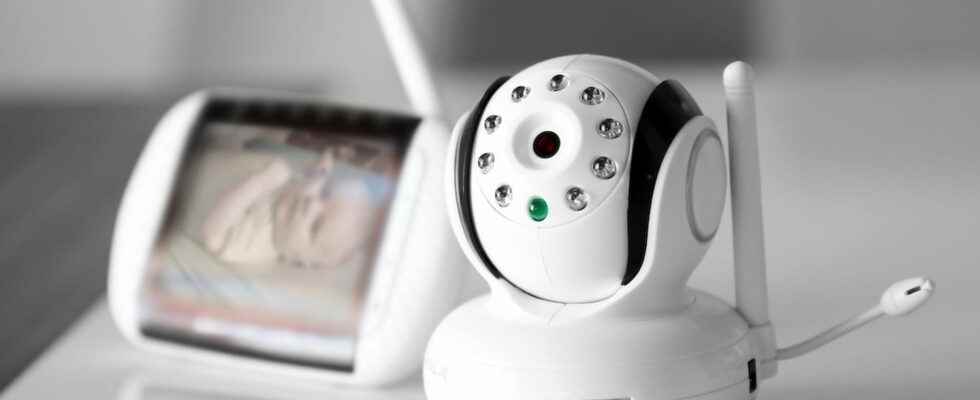Be careful if you are still using old connected surveillance cameras! Since the security monitoring is no longer ensured, it is possible that they broadcast private images without protection on the Internet, where anyone can see them!
Connected cameras inherently require a lot of trust. Because if they often aim to detect intruders, it is all the same to install video devices at home that capture a large part of his private life. And, as they are generally permanently connected to the Internet, via a box or a router, wired – with an Ethernet cable – or wirelessly, via Wi-Fi, they can broadcast the images captured to the whole world, without even having their users be aware of this! Anker’s famous Eufy cameras have recently come under fire when it was discovered that they store captured videos in the cloud without encryption or authentication, making them accessible to third parties (see our article). And this is just one scandal among others. Even robot vacuum cleaners – the famous connected vacuum cleaners – have bad press at the moment because of their traveling cameras!
Today it’s how to geek which raises alarm bells over old Wi-Fi surveillance cameras, especially those purchased between the years 2000 and 2010, which can broadcast their video without any protection on the Internet, where anyone can see it. Because if these so-called end-of-life cameras are in theory still functional and can therefore continue to be used – a small exception for Arlo, which has decided with its new “end-of-life” policy to remove essential functions from its old devices. –, they no longer have the right to updates to strengthen their security or to correct their bugs, which opens the door to all kinds of hacking. Worse still, many of them have simply never been configured correctly, which means that anyone who knows anything can connect to them and access the images they film! The height for so-called “safety” devices!
Connected cameras: free access videos on the Internet
It’s a bit of a peculiar practice, but some websites, such as the Russian platform Insecam, list thousands of poorly secured video surveillance systems on the Internet around the world and broadcast the images in real time – and that has absolutely no effect. nothing more illegal. Anyone can come to the site and watch them – no security expertise required. Most of the images are fortunately quite boring and show parking lots, roads, shops or even courtyards and gardens of empty houses. But we notice very quickly that a good number of cameras are obviously intended for private use and film the interior of dwellings. And again, the platform filters the content in order to avoid exposing children via baby monitors or places of life such as living rooms. But it is not because Insecam does not display them that the devices cannot be consulted…
The sleuths at How To Geek ran some tests to see how far it was possible to exploit such images. And they were not disappointed! In particular, they were able to access the unsecured dashboard of many copies of the Linksy WVC80N Wi-Fi camera, which allowed them to control them directly, like their legitimate owners! They were also able to find information in the video feeds that allowed him to find the precise location of certain cameras. Blessed bread for potential burglars!
If you are still using old surveillance cameras that will no longer receive security updates, it is unfortunately better to get rid of them or risk exposing yourself to vulnerabilities – note that some manufacturers play on this to practice planned obsolescence. Then, you have to be very careful to properly isolate them on your home network so that third parties do not have access to them. This is done by finding settings in the camera’s firmware to limit the number of devices that can access the security system, then isolating the device by configuring rules at the router level to prevent traffic from that connected camera from leaving your local network. You can also turn to certain brands that offer an encryption system that will encrypt the rendering of the cameras. And, of course, don’t forget to update your devices systematically. If you ever need help getting new models, you can check out our surveillance camera buying guide.

